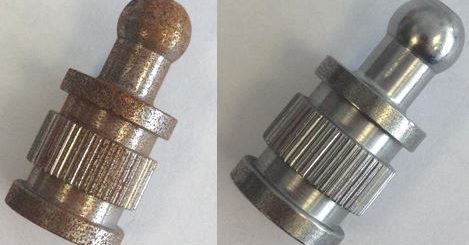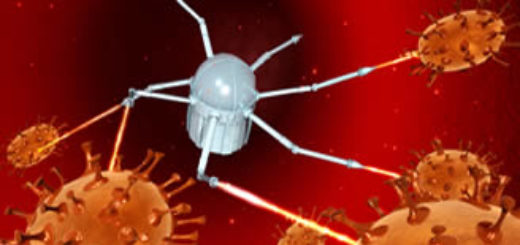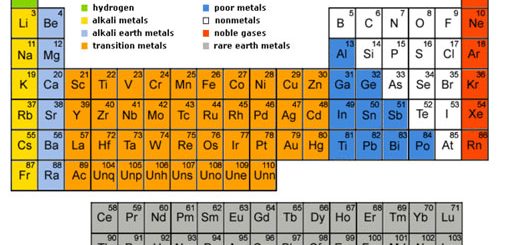Types, importance, negative effects of chemical reactions, Sulphur and Carbon oxides harms
The use of chemical reactions is considered a double-edged weapon because some of them play a vital role in our life, while others have negative effects on both human beings and the environment. Carbon monoxide is a dangerous gas because it causes headache, fainting, severe stomach-aches & may lead to death, smoking is very harmful to health because it causes lung cancer, burning of coal and cellulose fibers has a bad effect because it causes air pollution & lung cancer.
Direct combination reactions
There are many types of chemical reactions, Direct combination reactions are the reactions that involve a combination of two or more substances to form a new compound.
Types of Direct Combination Reactions
- Combination of an element with another element (the combination of two nonmetals, a combination of a metal with a nonmetal.
- Combination of an element with a compound.
- Combination of a compound with another compound.
Combination of an element with another element
Combination of two nonmetals: Carbon which is a nonmetal joins oxygen which is a nonmetal to form carbon dioxide gas.
Carbon + oxygen → Carbon dioxide
C + O2 → CO2
Hydrogen + Chlorine → Hydrogen chloride
H2 + Cl2 → 2 HCl
Combination of metal with a nonmetal: Magnesium which is a metal joins oxygen which is a nonmetal to form magnesium oxide.
Magnesium + oxygen → Magnesium dioxide
2Mg + O2 → 2MgO
Combination of an element with a compound
Oxygen (element) reacts with carbon monoxide (compound) producing carbon dioxide.
Carbon monoxide + oxygen → Carbon dioxide
2CO + O2 → 2CO2
Nitrogen monoxide + oxygen → Nitrogen dioxide
2NO + O2 → 2NO2
Combination of a compound with another compound
Combination of ammonia gas (compound) and hydrochloric acid (compound): When you place a glass rod wet conc. hydrochloric acid (HCl) close to the mouth of a test tube containing ammonia solution, White clouds of ammonium chloride (NH4Cl) are formed. Ammonia gas (NH3) [evolves from ammonia solution] combines with hydrochloric acid (HCl) to give ammonium chloride (NH4Cl) (White clouds).
Ammonia + Hydrochloric acid → Ammonium chloride
NH3 + HCl → NH4Cl (White clouds)
White clouds are formed when ammonia gas reacts with conc. hydrochloric acid due to the formation of ammonium chloride as white clouds.
Chemical reactions in our life
Some chemical reactions play an essential role in our life, while others have negative impacts (effects) on both human beings and the environment.
Importance of chemical reactions in our life
Chemical reactions play an important role in our life because through which it is possible to:
- Obtain electric and heat energies used in some industries.
- Obtain more useful substances from less used substances.
- Prepare thousands of compounds that are commonly used in many industries such as the manufacture of medicines, manufacture of fertilizers, manufacture of fuel, manufacture of plastics, Food industries and manufacture of car batteries.
Negative effects of chemical reactions
From the negative effects of chemical reactions are the environmental pollution resulting from the emission of some harmful gases from these chemical reactions. The burning reaction is considered from the reactions that produce a lot of pollutant gases such as Fuel-burning, burning of coal and cellulose fibers.
Burning of coal and cellulose fibers such as burning paper and cigarettes cause air pollution and lung cancer. Fuel-burning is an example of environmental pollution due to the presence of harmful gases. The products (results) of fuel-burning are nitrogen oxides, sulphur oxides [sulphur dioxide (SO2), sulphur trioxide (SO3)], Carbon oxides [Carbon monoxide (CO), Carbon dioxide (CO2)].
Burning of fuel is among the reactions that pollute the environment because it produces a lot of harmful gases that affect on humans and the environment such as carbon, sulphur and nitrogen oxides. CO2 gas acts as a greenhouse effect because it prevents the penetration of the thermal rays produced from the Earth to outer space.
The spread of cancer tumors increases in the country that uses coal as fuel because its burning causes air pollution with poisonous substances that infect humans with lung cancer. Sulphur oxides cause respiratory system malfunction and building corrosion because they are acidic gases. Nitrogen oxides affect the nervous system and the eye because they are poisonous acidic gases.
Carbon oxides
Carbon monoxide (CO) has a dangerous impact on the human being as it causes headache, fainting, severe stomach-aches and may lead to death.
Carbon dioxide (CO2): Increasing the percentage of carbon dioxide in atmospheric air leads to an increase in the air temperature causing a phenomenon known as a greenhouse effect, where:
The sun rays penetrate the Earth’s atmosphere, The Earth absorbs these rays, then reemits the radiation back in the form of thermal radiation, Carbon dioxide prevents the penetration of these thermal radiations to the outer space causing the increase of the air temperature which is known as greenhouse phenomenon.
Sulphur oxides
Sulphur oxides result from fuel-burning such as sulphur dioxide (SO2) and sulphur trioxide (SO3). Sulphur trioxide (SO3) are acidic gases that cause respiratory system malfunction (breathing problems) and building corrosion.
Nitrogen oxides
Nitrogen oxides result from fuel-burning during the time of lightning, they are poisonous acidic gases that affect the nervous system and the eye.
Carbon monoxide emissions, sources, effects, uses, poisoning symptoms
What are the bad effects and health risks of smoking?
Air pollution causes, types, effects, solutions & How to prevent air pollution



